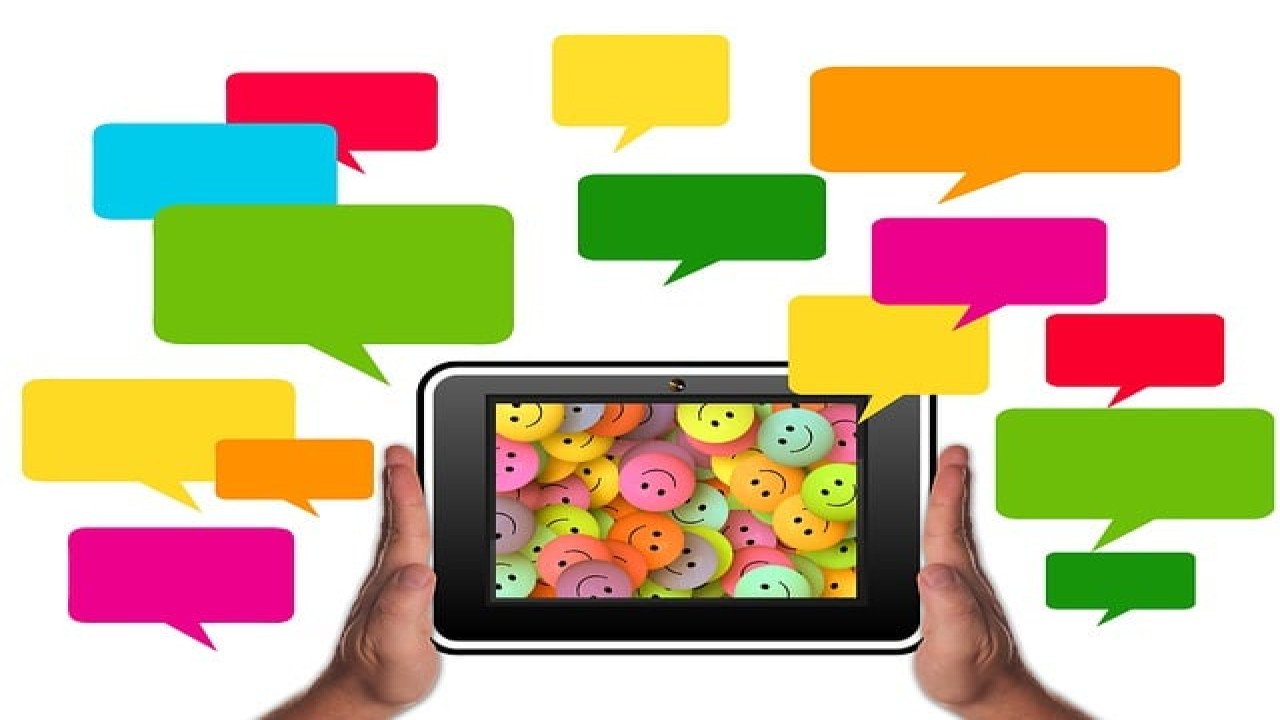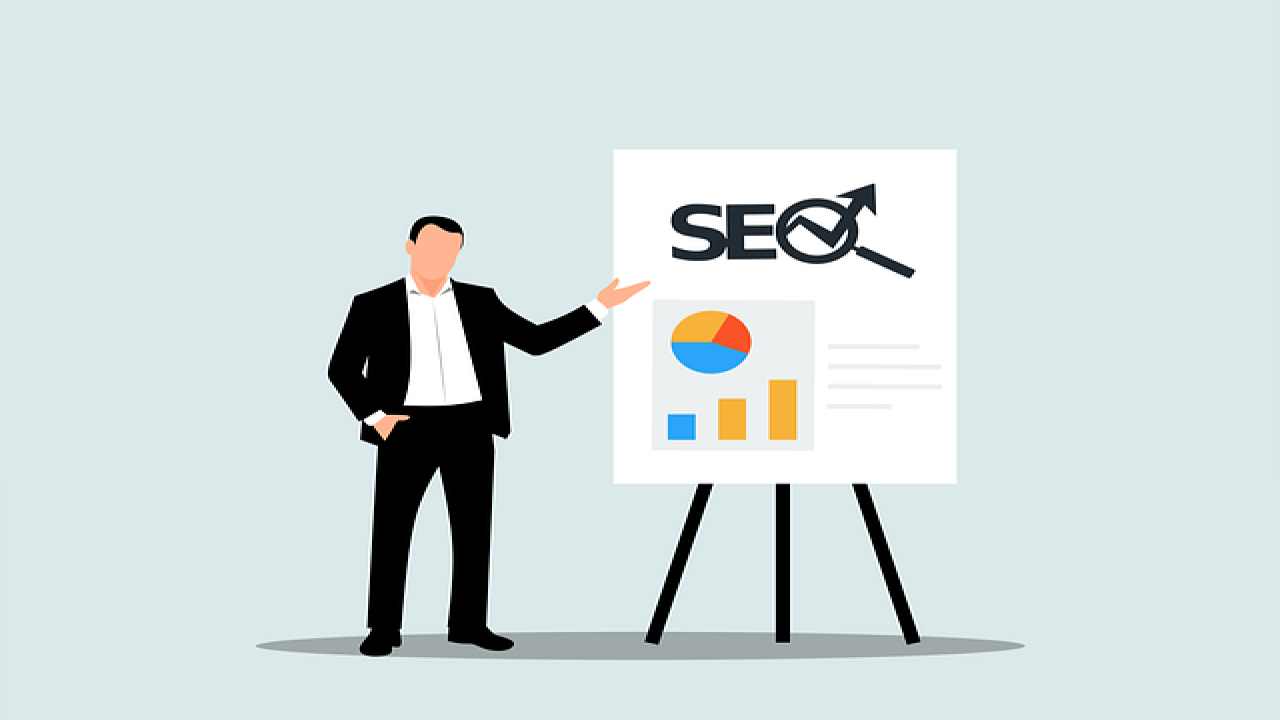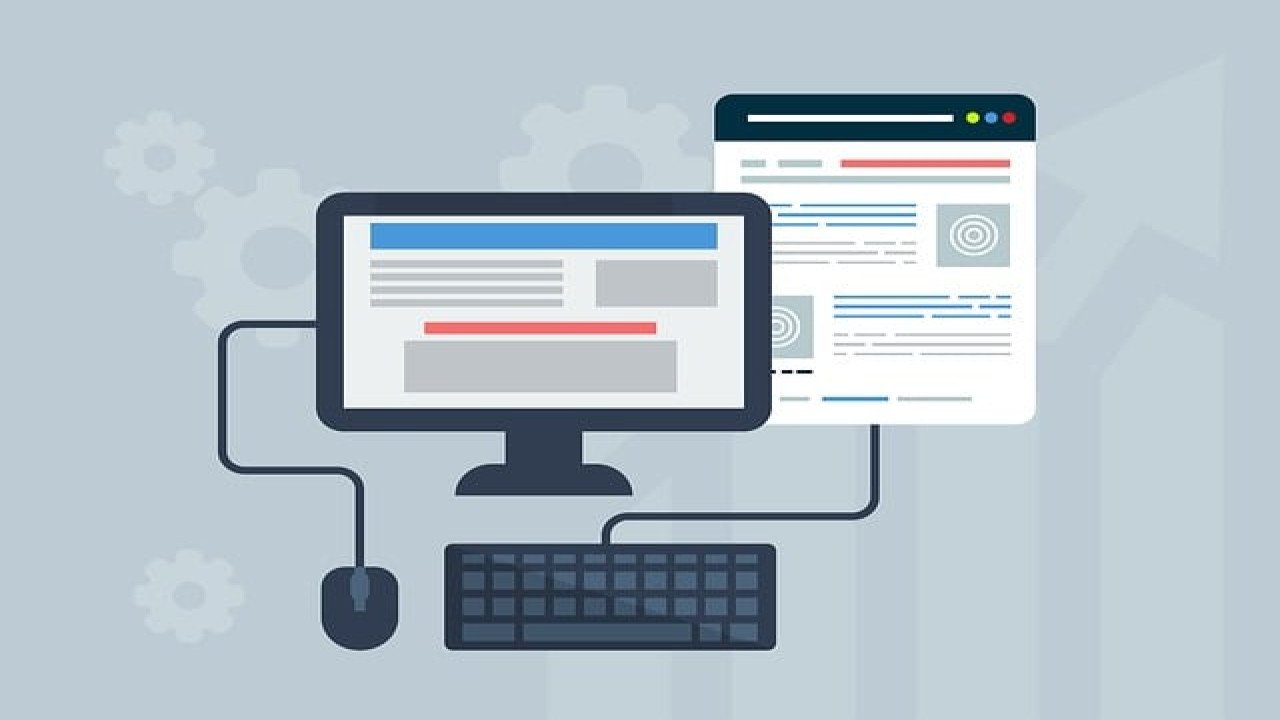Understanding Different Image Formats: Which One is Right for Your Website?
When it comes to displaying images on your website, choosing the right format is crucial. Whether you’re uploading photos, logos, or icons, the format you select can affect everything from image quality to load times and SEO. But with so many image formats available, how do you know which one is best for your needs?
In this blog post, we’ll take a look at several popular image formats, explain what makes them unique, and help you decide which format works best for different types of images on your website.
1. JPEG (Joint Photographic Experts Group)
JPEG is arguably the most common image format on the web, especially for photographs and complex images. It uses lossy compression, which means it reduces the file size by discarding some of the image data. The trade-off is that while the image becomes smaller, there can be a slight loss in quality, particularly at higher compression levels.
Best for:
-
Photographs or images with many colors and gradients.
-
Websites where file size reduction is a priority (e.g., blogs, e-commerce stores).
Pros:
-
Great for high-quality images with a smaller file size.
-
Widely supported across all browsers and devices.
Cons:
-
Lossy compression means quality can be sacrificed, especially at high compression settings.
2. PNG (Portable Network Graphics)
PNG is another popular image format, especially for images that require transparency. Unlike JPEG, PNG uses lossless compression, which means it reduces the file size without sacrificing any image data. This makes it a great choice for images that need to retain fine details, such as logos, illustrations, and icons.
Best for:
-
Graphics, logos, icons, and images that need transparency (e.g., website headers, buttons).
-
Images with text, sharp edges, or small details.
Pros:
-
Lossless compression means no loss of quality.
-
Supports transparency, making it ideal for web design and UI elements.
Cons:
-
Larger file sizes compared to JPEG.
-
Not ideal for large photos or complex images with lots of colors.
3. GIF (Graphics Interchange Format)
GIF is an older format that supports animated images. While it can store multiple frames in a single file, it only supports a limited color palette (256 colors), which makes it less ideal for complex images. GIFs are perfect for simple animations, but they’re not suited for high-quality photographs or images with many colors.
Best for:
-
Simple animations, logos, and icons.
-
Short, looping video-style content.
Pros:
-
Supports animation (multiple frames in one file).
-
Widely supported across web browsers and social media platforms.
Cons:
-
Limited to 256 colors, which can result in a loss of quality.
-
Larger file sizes for complex animations or images.
4. WebP (Web Picture Format)
WebP is a newer image format developed by Google that combines the best aspects of both JPEG and PNG. It supports both lossy and lossless compression, as well as transparency like PNG. Additionally, WebP can achieve much smaller file sizes compared to JPEG and PNG, making it an excellent option for optimizing web images.
Best for:
-
Web images that require high quality but need to be lightweight (e.g., images for blogs, product photos, social media).
-
Websites looking to improve load times and SEO.
Pros:
-
Smaller file sizes while retaining high quality.
-
Supports both lossless and lossy compression and transparency.
-
Increasing support across modern browsers.
Cons:
-
Older browsers may not support WebP (although this is becoming less of an issue).
-
Not as widely supported in image editing software as other formats.
5. SVG (Scalable Vector Graphics)
Unlike the other formats mentioned, SVG is a vector format, which means it uses mathematical equations to create images, rather than pixels. This makes it infinitely scalable without any loss of quality, making it perfect for logos, icons, and illustrations that need to appear crisp at any size.
Best for:
-
Logos, icons, and simple graphics that need to scale on any screen size.
-
Images that need to be responsive and sharp across different devices.
Pros:
-
Scalable without loss of quality.
-
Small file sizes for simple graphics.
-
Supports interactivity and animation.
Cons:
-
Not ideal for complex images or photographs.
-
Requires knowledge of vector design tools for creation.
6. TIFF (Tagged Image File Format)
TIFF is a high-quality image format that is commonly used for printing and archiving purposes. It supports both lossy and lossless compression and can store detailed image data. Because of its large file size and high quality, TIFF is not suitable for web usage but is ideal for professional photographers and graphic designers.
Best for:
-
Professional photography and print media.
-
Archiving images that require high quality and detail.
Pros:
-
Very high image quality.
-
Supports multiple layers and channels, ideal for graphic design and professional use.
Cons:
-
Large file sizes, making it unsuitable for web use.
-
Not widely supported in web browsers.
7. HEIF (High Efficiency Image Format)
HEIF is a relatively new image format that offers better compression than JPEG while maintaining similar or better image quality. It is commonly used on mobile devices and by Apple for high-quality photos. While HEIF offers many advantages, it is not yet widely supported across all browsers, which limits its use on websites.
Best for:
-
High-quality images on mobile devices and apps.
-
Users looking for high-quality compression for mobile photography.
Pros:
-
Better compression than JPEG with similar or better quality.
-
Smaller file sizes while maintaining high image quality.
Cons:
-
Limited browser support compared to other formats like JPEG and PNG.
-
May require special software to open or edit.
Conclusion
Choosing the right image format for your website can make a big difference in terms of load times, image quality, and overall user experience. While JPEG is a great option for photographs, PNG is ideal for graphics and logos, and WebP offers the best of both worlds in terms of compression and quality.
By understanding the strengths and weaknesses of each image format, you can make more informed decisions about how to optimize your content for the web. Whether you’re uploading product images, creating a portfolio, or sharing photos, the right format ensures your website performs at its best.
At Britchronicle, we make it easy for you to upload and optimize your images, so you can focus on creating great content without worrying about file sizes or performance issues.







Comments (0)